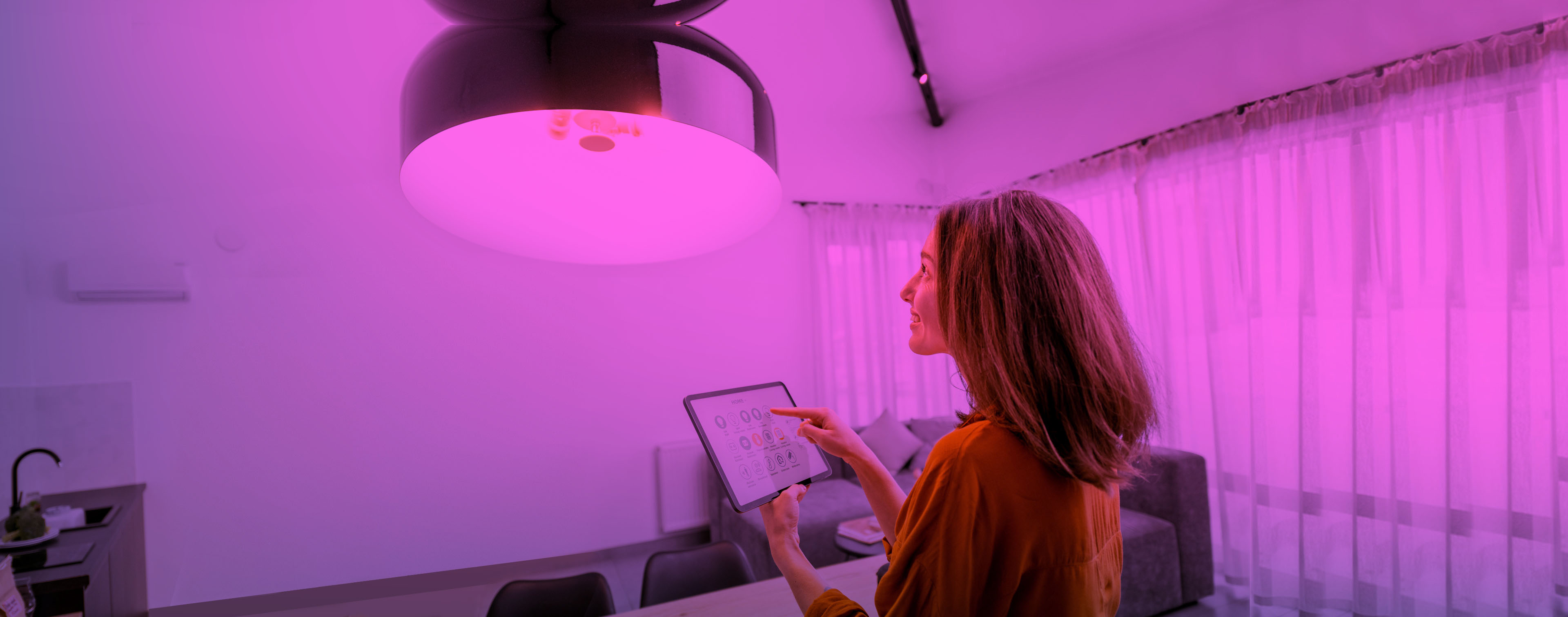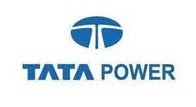DingoBorat
Slim
Hey Izzy and @Dozzaman1977, Sean, definitely did not say, that we would be breakeven by the end of the year, with the increase to 100 employees.That’s right look at lithium. Unfortunately this is how it is for now, nearly all companys have dropped upto 80% down. I’m just hoping our ceo statement is factual from earlier this year and we get to be break even and pay for all of our own shit. That will make me so fking happy. Remember all have a plan before investing. 2025 is when I will legit be upset if we haven’t done anything by then. For now BRN is in the right place at the right time educating our future clients and working on projects I assume to prove this e.g. nasa and our most recent nvisio.
We have to keep it real here, to avoid unrealistic expectations, in regards to near term revenue.
I've got no idea, what the increase in employees will cost the Company, but it's likely to increase our quarterly costs, to around US10 million, or more (from around 7 to 8 now).
It's this increase in costs, that he said "could" or "should" be covered, by revenue.
So ongoing costs, for the time being, would remain the same (7 to 8 million per quarter)..
For now..
He definitely, wouldn't have made a definitive "statement" about what revenue, was to be expected, he chooses his words carefully.
As we are an IP Company, with margins over 90%, revenues will eventually be and continue to grow, to possibly magnitudes greater than expenses.
It would be good, if someone could post the actual transcript, of that part of the interview, as there has been a lot of confusion, over what he said..
Last edited:



